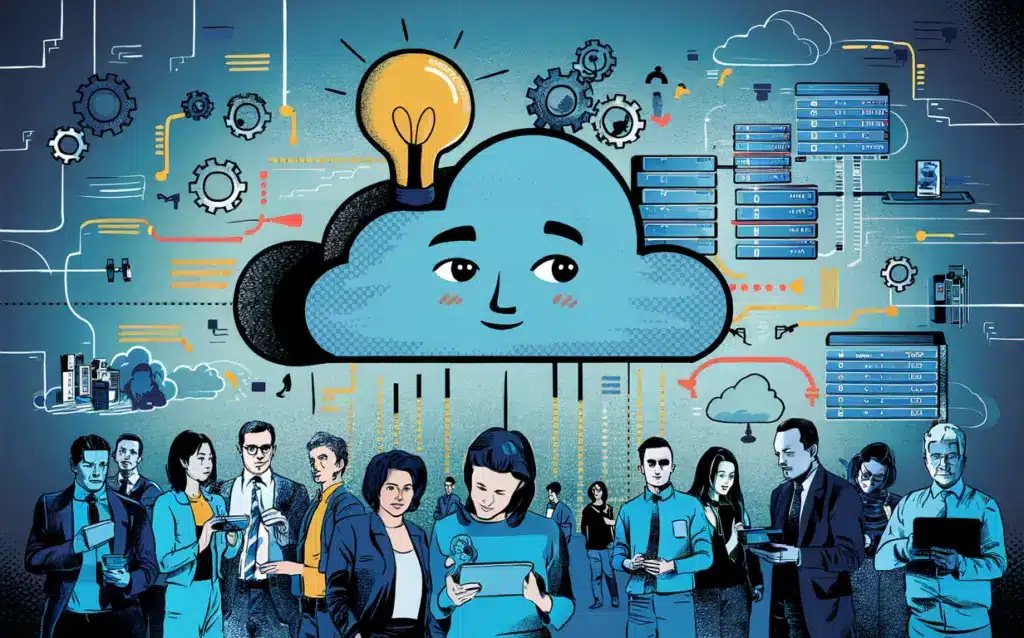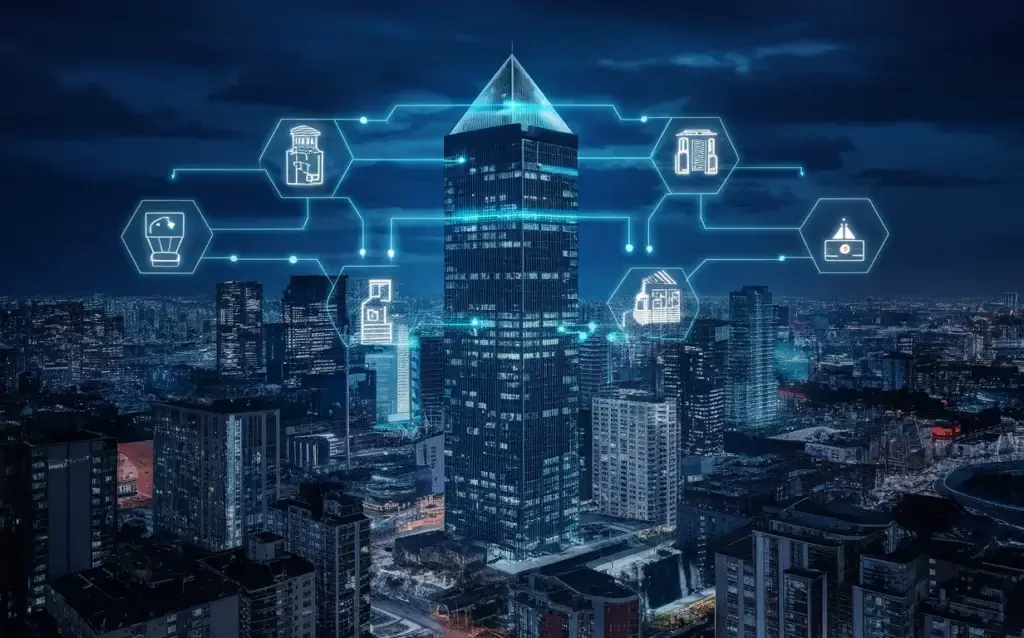Container technologies: efficiency and flexibility in use
Container technologies have undergone significant development in recent years. These technologies enable the execution of applications and their dependencies in isolated environments, which leads to improved portability and scalability. Compared to traditional virtual machines, containers share the host's operating system, which reduces resource requirements. This feature makes them particularly suitable for the use of microservices and the orchestration of applications in cloud environments. Docker, one of the best-known container platforms, [...]
Container technologies: efficiency and flexibility in use Read more »

















